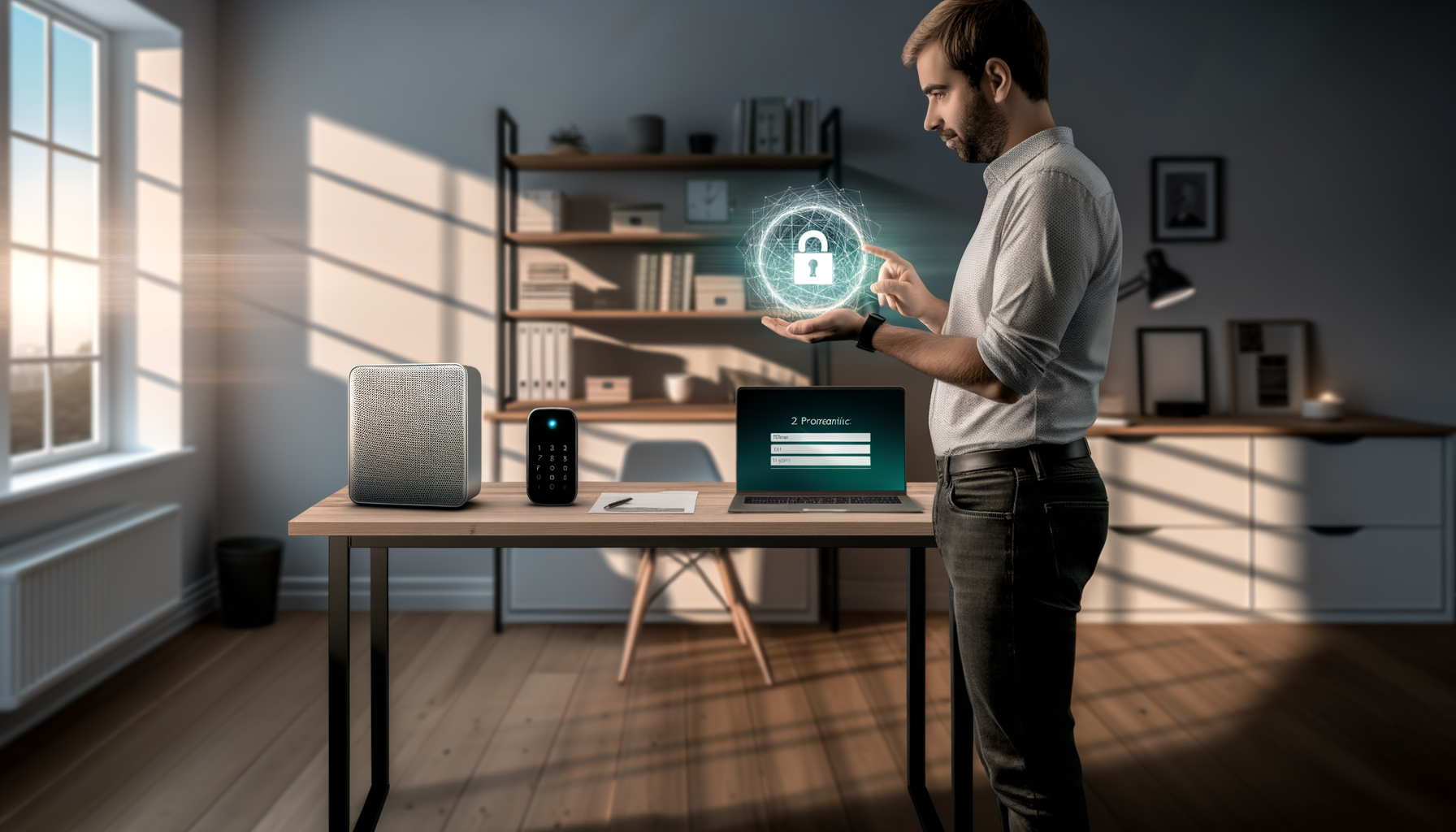In the ever-evolving field of cybersecurity, data protection and privacy have become paramount. One method that has gained popularity is the use of two-factor authentication (2FA). However, it’s not foolproof. This comprehensive analysis, “Two-Factor Failures: How Hackers Bypass 2FA and What to Do,” explores how hackers manage to circumvent this security measure, the implications for personal and business data, and best practices to fortify your defenses against such breaches.
Understanding Two-Factor Authentication

Two-factor authentication (2FA) is a security measure that requires users to provide two different types of information to access their accounts. Typically, this involves something the user knows (like a password) and something the user has (like a mobile device to receive a unique code). 2FA is designed to add an extra layer of protection, making it harder for unauthorized users to access your information. However, like any security measure, it is not impervious to attacks.
How Hackers Bypass 2FA
Despite the added layer of security, hackers have developed techniques to bypass 2FA. Some common methods include phishing attacks, where hackers trick users into providing their 2FA codes, and man-in-the-middle attacks, where hackers intercept the 2FA verification code during transmission. Advanced hackers may also use technical methods like exploiting vulnerabilities in the software or hardware used for 2FA.
Implications for Data Protection and Privacy

When 2FA is compromised, it can lead to significant data breaches. Hackers can gain access to sensitive personal and business information, leading to identity theft, financial loss, and damage to reputation. For businesses, this can also result in compliance issues with data protection and privacy regulations.
Threat Detection and Response
Effective threat detection and response are crucial in mitigating the risks of 2FA bypass. This involves monitoring for suspicious activity, identifying potential threats, and responding quickly to prevent or limit damage. Cybersecurity teams should be equipped with the right tools and knowledge to detect and respond to 2FA bypass attempts.
Best Practices for 2FA Security

There are several best practices that can be implemented to strengthen 2FA security. These include educating users about phishing attacks, regularly updating and patching software to fix vulnerabilities, and using secure methods for transmitting 2FA codes. Additionally, using a combination of biometric authentication and 2FA can provide a more robust security measure.
Additional Security Measures
While 2FA is an important aspect of cybersecurity, it should not be the only defense mechanism. Other security measures such as strong password policies, regular software updates, and encryption should be used in conjunction with 2FA. It’s also beneficial to have a comprehensive cybersecurity strategy that includes incident response and recovery plans.
Conclusion: The Importance of Robust Cybersecurity
As hackers become more sophisticated, it’s critical for individuals and businesses to stay one step ahead. Understanding the limitations of 2FA and how hackers can bypass it provides valuable insights into improving security measures. By implementing best practices and employing a robust cybersecurity strategy, you can significantly reduce the risk of data breaches and protect your valuable information.
| Security Measure | Benefits |
|---|---|
| Two-Factor Authentication | Provides an extra layer of security, making it harder for unauthorized users to access information. |
| Biometric Authentication | Uses unique physical or behavioral characteristics for verification, providing a higher level of security. |
- Stay updated with the latest cybersecurity trends and threats.
- Regularly update and patch software to fix vulnerabilities.
- Use secure methods for transmitting 2FA codes.
- Combine biometric authentication and 2FA for robust security.
Thank you for reading. We hope this article has provided valuable insights into the world of cybersecurity. Be sure to explore our other articles for more in-depth analyses and tips. Stay safe online!









